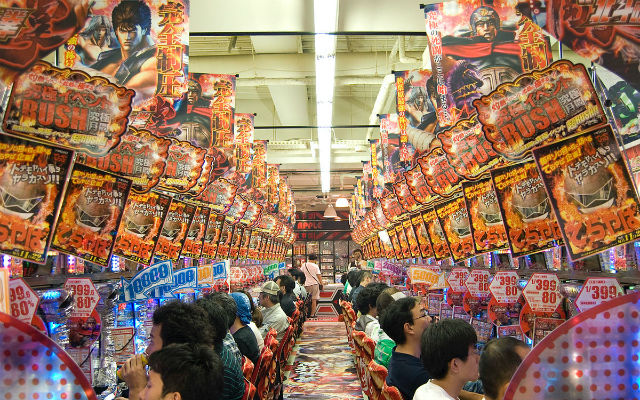
Source: Tischbeinahe / CC BY-SA (https://creativecommons.org/licenses/by-sa/3.0)
Pachinko: a brief guide to a Japanese obsession
Related Article
-
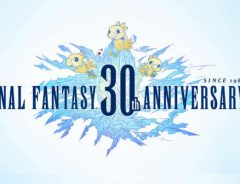
Japanese Trains Celebrate Final Fantasy Anniversary With Music From The Games
-

Artist Gives Classic Film Scenes Awesome Retro Anime Makeover
-

Fan Artist Creates Hypnotizing Glitter Sailor Moon Phone Case Inspired By Transformation Sequence
-
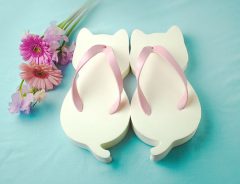
Adorable Cat-Shaped Japanese Geta Sandals Get New White Day Release
-
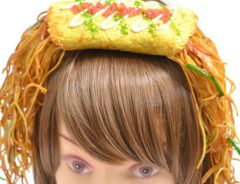
Impressive Japanese Fake Food Samples Turned Into Headgear And Other Accesories
-
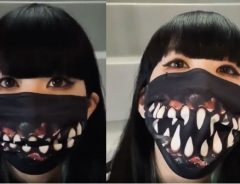
Bare gruesome fangs and more with Japanese designer’s awesome creature masks


Source: Tischbeinahe / CC BY-SA (https://creativecommons.org/licenses/by-sa/3.0)
One of the sectors hardest hit by the coronavirus epidemic in Japan has been the pachinko business. When the state of emergency came into effect on April 7th, most pachinko parlours judged that maintaining social distancing wouldn’t be possible and opted to shut up shop until the lockdown was lifted. But several parlours in the Kansai region refused to close, saying that it would drive them into bankruptcy.
To help small businesses like pachinko parlours stave off bankruptcy, the Tokyo Metropolitan government offered up to 1 million yen (about US $9300) to those that abided by its request to shut up shop. Given that some operators pay more than US $93,000 dollars in rent alone, it’s questionable how much help this was in cushioning the blow to their finances.
Having said that, pachinko is an incredibly lucrative business. Nearly half of all leisure time in Japan is spent in pachinko parlours and one in 11 people plays it once a week. The business is worth US $200bn per year, which is the equivalent of 4% of Japan’s annual GDP. That's 30 times what Las Vegas makes from gambling every year and double the size of Japan’s export car industry. Indeed, pachinko employs more people than all of Japan’s car manufacturers put together.
Source: MichaelMaggs
What’s the appeal? The Japanophile Donald Richie once described pachinko as a kind of ‘cut-rate Zen’. Working life in Japan can be oppressive and people need an escape. Pachinko serves as a blessed relief from the stress of the workplace, and the diminutive proportions of the typical Japanese home. In the repetitive clatter of thousands of shiny silver balls, fans find the mindless emptiness that Japanese society so rarely permits them.
The game (if it can be called that) is like a cross between a pinball machine and a fruit machine. It has its origins in American ‘bagatelle’ pinball, which first came to Japan in the 1920s. It became a fixture in sweet shops, where it was given the nickname ‘pachi pachi’ in reference to the pinging sound of the ball.
Source: Gnsin
In the 1930s, the board was put upright, enlarged and more adults started playing. But it was only after WW2, when there was an excess of metal ball bearings and a dearth of other forms of entertainment, that pachinko became really popular. In the ‘80s, the business embraced the techno-futuristic carnival, introducing electronic games. Parlours became much noisier and much more colourful, good places to zone out for an hour or two on the way between work and home.
Source: Michael Maggs
Devotees will tell you otherwise, but in truth there’s not much skill involved in playing pachinko. It used to be more like pinball – the direction of the ball was determined by how much force you put into the trigger – but these days, it’s all down to luck. Get the ball in the hole and you win more balls. Typically, you get 125 balls for 500 yen, so each ball costs four yen.
In theory, gambling is illegal in Japan, but the pachinko parlours have found a way to circumvent the law. At the end of the night, you feed your balls into a machine that issues you a ticket. Then you head to the TUC shop around the corner, where you exchange your ticket for cash.
Perhaps it’s the lack of skill involved that makes it so compulsive. A study conducted in 1999 found that 29% of players thought of themselves as having a pachinko addiction and 30% often borrowed money in order to keep playing.
Now that things are getting back to normal, parlours are re-opening. To date, only hardcore enthusiasts have ventured back. Much like Japan's population, pachinko is ageing, and the number of parlours is shrinking. There are nearly a third fewer than there were in 2005, and parlours are struggling to attract younger players, who would rather play video games. With or without the coronavirus, pachinko is in decline, which is probably no bad thing.